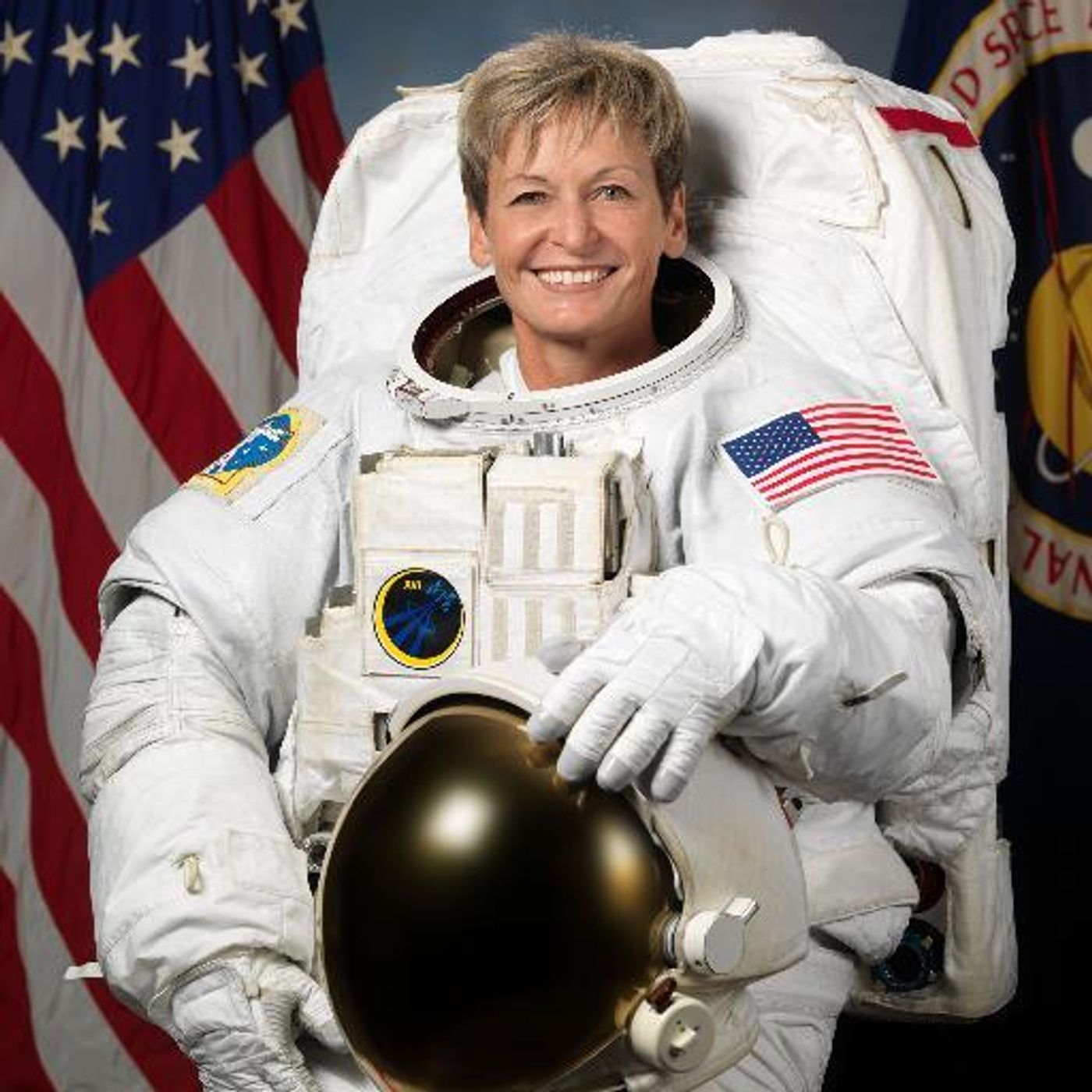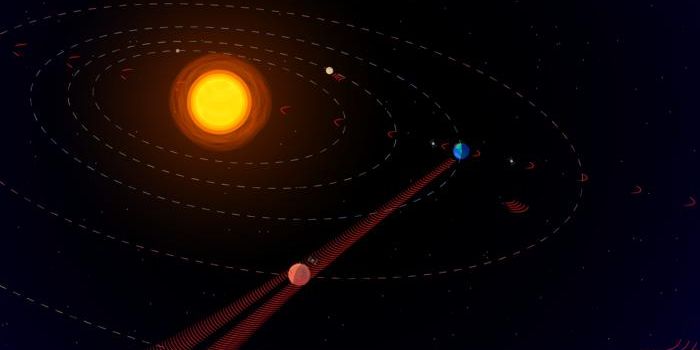NASA's Peggy Whitson Breaks Record for Most Time in Space for U.S. Astronaut
When NASA sends astronauts into space to study science on the International Space Station, they sometimes get the honor of breaking space records. The most recent was Peggy Whitson, a female U.S. astronaut who’s in space right now and recently shattered a record of her own.
Image Credit: NASA
Having surpassed NASA astronaut Jeff Williams’ 534-day record for the most days in space for an American astronaut, Whitson was called up from the International Space Station by the United States president Donald Trump on Monday to be given huge congratulations for her achievements.
The short telephone call was filled with excitement about NASA, jokes about how the astronauts recycle their urine as a water source, and enthusiasm for future missions to Mars.
"How does it feel to have broken such a big and important record?" the president had asked Whitson.
"Well, it's actually a huge honor to break a record like this," Whitson replied. "It's an honor for me, basically to be representing all the folks at NASA who make space flight possible and who make me setting this record feasible."
You can watch the full interview between Whitson and the president here:
Whitson’s current mission on the International Space Station should enable her to accumulate 650 total days in space before returning to Earth in September. This will be the new record that future American astronauts will need to overcome if they want to be put down in history books.
Her 15 years of service as an astronaut have served as inspiration for women, both in and out of the space exploration field. Her first space launch was back in 2002, and she continues to love what she does for the agency today.
Related: Samantha Cristoforetti is another female NASA astronaut who broke records in space
As for Mars missions, they’re still a few decades away; perhaps around the 2030’s. Developing the technology to make it all possible takes both time and money, which are each a precious resource. Until then, the International Space Station might be all we’ve got, at least until it gets retired and control shifted to commercial parties sometime in the next decade or so.
Source: New York Times









